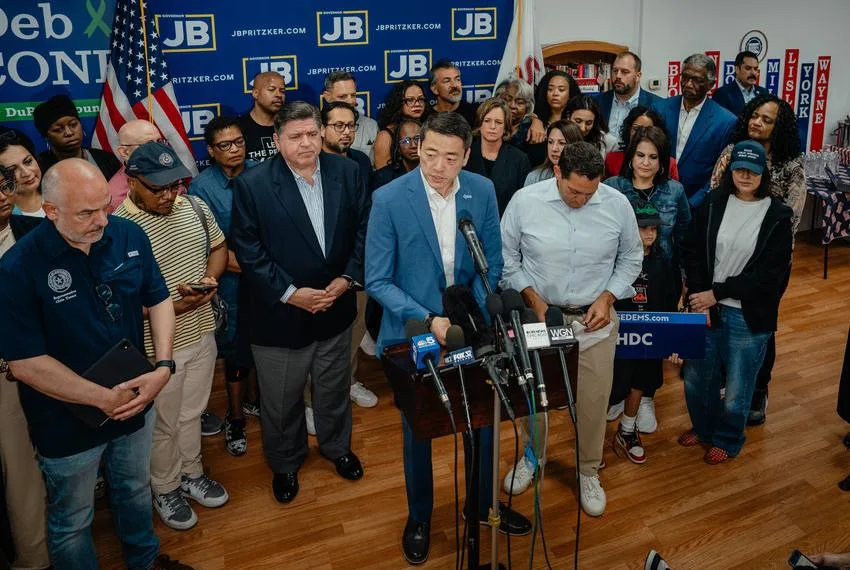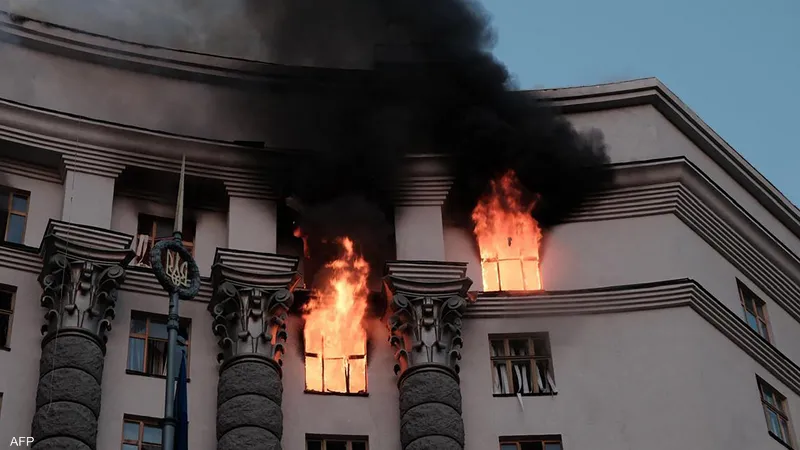Texas Redistricting Crisis: Democrats Flee State in Fight Backed by Trump

A Sudden Political Firestorm In a dramatic escalation of the redistricting battle, dozens of Texas Democratic lawmakers have fled the state to block a Republican-backed congressional map, with Trump voicing support for the GOP’s controversial plan. As the August 2025 standoff intensifies, the national spotlight turns to Texas.
1. Redistricting Plan Sparks Backlash
Republican Governor Greg Abbott, aligned with Trump’s influence, is pushing a redistricting map crafted to add five GOP seats in the U.S. House. Critics say it blatantly targets Democratic districts and undermines minority representation.
In response, Democratic legislators left the state en masse—flying to Illinois, New York, and Massachusetts—to deny Republicans the quorum needed to pass the map. Their move mirrors similar standoffs seen in past U.S. political crises.
2. Lawmakers Bolster Resistance, Trump Cheers On
Republican leadership responded swiftly: Governor Abbott declared the absence of legislators an abandonment of duty. Texas Rangers were directed to locate and arrest the missing lawmakers. Meanwhile, Trump praised the effort publicly, aligning himself with policies reminiscent of earlier Trump-led battles in Congress.
Supporters of the Democrats are rallying around representatives like Greg Casar, Jessica González, and James Talarico—who frame their flight as a defense of democracy and fair representation.
3. Violence and Escalation Loom Large
Protest marches erupted outside the Texas Governor’s Mansion, with high tensions between police and demonstrators. Some lawmakers face threats of removal or arrest, further amplifying public anxiety about state enforcement overreach and civil liberties.
Republicans see strong-arm tactics as necessary enforcement of legislative rules; Democrats see warnings as authoritarian. Civil rights groups are watching closely.
4. National Implications Grow Tense
What began as a state-level map fight quickly turned into ridge politics for national headlines. TrumpNews platforms are praising GOP courage, while FoxNews commentators frame the Democrats’ flight as an unlawful stunt.
In Washington, Congressional leaders are scrambling. Calls from the Democratic-controlled House to intercede are mounting, while Republican lawmakers warn that any federal intervention would violate state sovereignty.
5. Redistricting Retaliation Plans Unfold
California Democrats, led by Governor Gavin Newsom, began considering their own redistricting ballot initiative to reduce Republican influence in future U.S. House delegations. Similar moves are being echoed in other blue states, signaling that retaliatory responses may soon emerge.
At the same time, party leaders across the nation are debating a national redistricting reform—one that would establish safeguards against extreme partisan manipulation.
6. Economic Anxiety and Job Report Fallout
This political turmoil comes amid worsening economic indicators: job growth has disappointed, and Trump’s approval ratings continue to sink—particularly among independents. Public confidence is eroding.
Officials in the Whitehouse blame sharp revisions in employment data and rising inflation. Some believe today’s turmoil makes voters less tolerant of economic gridlock.
7. Cultural Flashpoint: The Woke vs. the Conservative
Trump took the opportunity to rail against “woke culture,” warning of progressive influence beyond policy—or even elections. He highlighted a feud with public figures over cultural values, focusing on redistricting tactics as symbolic of a broader ideological struggle.
Some analysts believe today’s crisis may shape Trump’s 2026 strategy—pairing policy positions with cultural narratives to energize the base.
8. Is State Authority Being Tested?
Observers question whether outgoing legislators can be forcefully removed or arrested under state law—especially if they return. The Texas rebellion is testing limits of state authority, democratic loyalty, and the role of civil disobedience in legislative procedure.
Hospitals, schools, and constituencies are caught in limbo—facing delayed funding and stalled legislation due to political gridlock.
9. What Comes Next?
Short‑term: The GOP may pass the map if enough lawmakers return or if court injunctions allow remote or conditional voting.
Mid-term: Democrats push for federal redistricting reform; red states respond with retaliatory ballot measures.
Long‑term: The event could set a precedent on minority voting rights and challenge boundaries of legislative protest.
10. Why Americans Should Care
-
Texas represents the fifth‑largest state and is a key battleground in the House.
-
The controversy affects fair representation, electoral integrity, and minority voice.
-
It sparks national debate on whether states or federal government should regulate redistricting.
-
The events signal renewed polarization over election rules and political power.




